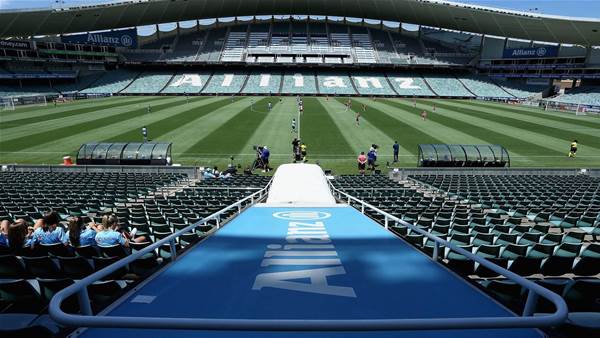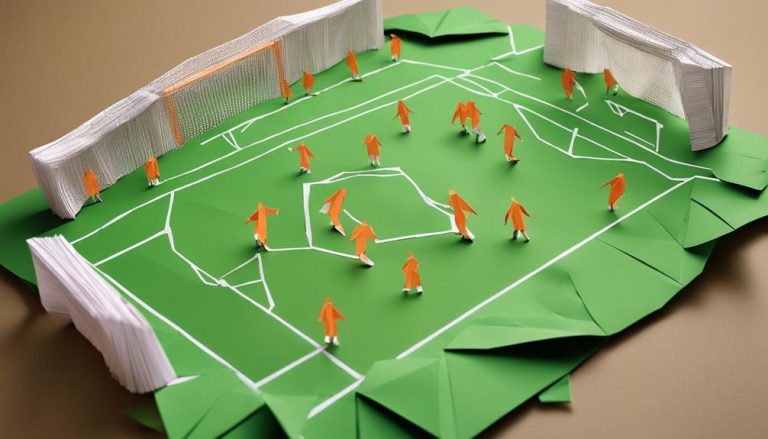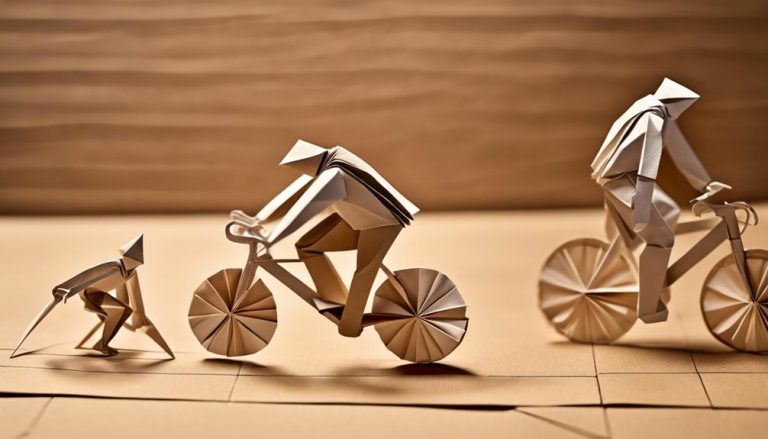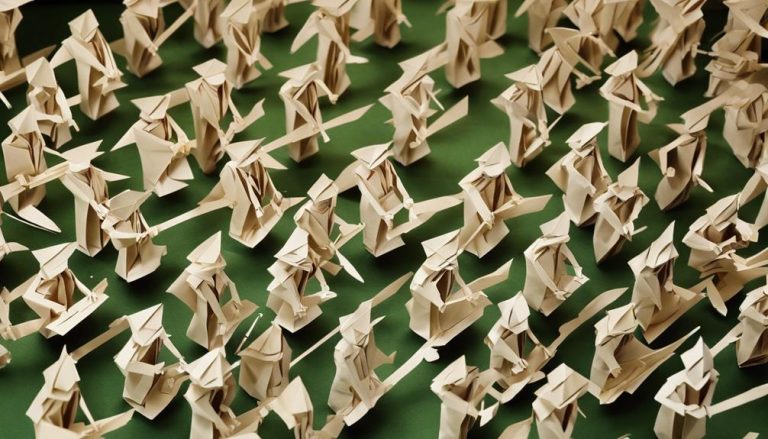General Rules of Slacklining Sport
Step into the world of slacklining, where balance and focus are key. As you step onto that narrow strip of webbing, there's a whole set of rules to follow to ensure a safe and enjoyable experience. From the proper equipment to the etiquette observed on the line, mastering these guidelines will not only enhance your performance but also contribute to the camaraderie within the slacklining community. But before you take that first step, let's delve into the essential rules that every slackliner should know.
Safety Guidelines
When slacklining, it is crucial to prioritize safety above all else to ensure a positive and secure experience. Before starting, conduct a thorough risk assessment of the area. Check for any sharp objects, unstable anchor points, or obstacles that could pose a danger. It's essential to have emergency procedures in place, such as knowing how to safely dismount the slackline in case of a fall and having a spotter ready to assist if needed.
Injury prevention is key in slacklining. Always warm up before attempting any tricks or challenging moves. Strengthening your core muscles can help improve balance and stability, reducing the risk of injuries. Additionally, wearing proper footwear with good grip can help prevent slips.
Spotting techniques are vital for both the slackliner and the spotter. The spotter should stand close to the slackliner, ready to assist if they lose balance. Communication is key—establish clear signals to indicate when assistance is needed. By following these safety guidelines, you can enjoy the thrill of slacklining while minimizing risks.
Equipment Requirements
To ensure a safe and enjoyable slacklining experience, understanding the essential equipment requirements is crucial. When it comes to rigging techniques and anchor points, it's vital to have sturdy trees or anchor structures that can support the line tension. The anchor points should be reliable and able to withstand the forces generated while slacklining.
Webbing types play a significant role in the sport. The webbing used should be specifically designed for slacklining, offering the right balance between stretch and strength. Popular webbing materials include nylon and polyester, each with its unique characteristics affecting the feel of the line.
Ensuring proper line tension is essential for a stable experience. The tension should be adjusted according to the slackliner's preference, with beginners often starting with lower tension for more bounce. Understanding these equipment requirements will not only enhance your performance but also contribute to a safer slacklining environment.
Setting Up the Line
Setting up the slackline properly is crucial for a safe and enjoyable experience that allows you to focus on your balance and technique. Begin by selecting sturdy anchor points, such as trees or slackline poles, ensuring they can support the line tension. Attach the slackline securely to these anchors using approved methods like webbing slings or carabiners. Make sure the line sits at a height that suits your skill level, generally knee to waist height, to aid in finding your balance and focus.
Once the line is anchored, carefully tension it, ensuring it is firm but still has a bit of bounce. Avoid excessive sagging to prevent tripping while also preventing it from being too tight, which can hinder your ability to walk the line smoothly. Regularly check the tension as you practice to maintain the optimal level for your skill progression.
Properly setting up the slackline not only ensures your safety but also allows you to fully immerse yourself in the liberating experience of slacklining.
Proper Attire
When it comes to slacklining, choosing the right attire is crucial for your comfort and safety. Opt for clothing that allows for a full range of motion and avoids any loose ends that could get caught during your session. Proper footwear, like flat-soled shoes or even going barefoot, can provide the grip and flexibility needed to balance effectively on the line. Remember to also consider safety gear such as helmets and knee pads to protect yourself from potential falls or injuries while practicing this sport.
Suitable Clothing Choices
For optimal comfort and safety while slacklining, ensure you wear appropriate attire that allows for freedom of movement and stability. Choose comfortable layers made from performance fabrics that wick away sweat and provide ease of motion. Opt for fashionable, functional choices that not only look good but also support your body during slacklining sessions. Consider wearing moisture-wicking tops and bottoms to keep you dry and comfortable. Avoid loose clothing that may get tangled in the slackline or restrict your movements. Tight-fitting clothes like leggings or athletic shorts are ideal for minimizing interference while maintaining a full range of motion. Dressing appropriately will enhance your slacklining experience and help you perform at your best.
Footwear Recommendations
To ensure optimal performance and safety while slacklining, it is crucial to choose appropriate footwear that provides stability, grip, and support for your feet. When selecting shoes for slacklining, prioritize ones with excellent shoe grip to prevent slipping on the line. Look for shoes with a flat and sticky sole that can grip the slackline effectively. Avoid shoes with thick, cushioned soles as they can reduce your balance and stability. Opt for footwear that offers sole stability, keeping your foot close to the line for better control and balance. Remember, the right footwear can make a significant difference in your slacklining experience, helping you feel more secure and confident on the line.
Safety Gear Essentials
Selecting the appropriate safety gear essentials, including proper attire, is crucial for ensuring your protection and enhancing your performance in slacklining. When gearing up for your slacklining adventure, here are three essential items to consider:
- Harness Options: Opt for a comfortable harness that fits securely around your waist and thighs. Look for adjustable straps and padding for added comfort during prolonged sessions.
- Anchoring Techniques: Familiarize yourself with different anchoring techniques to secure your line properly. Whether using trees, poles, or specific slackline anchors, ensure a stable and safe setup before starting your slackline practice.
- Helmet Choices: Protect your head with a durable and well-fitted helmet. Look for helmets designed for sports like climbing or skateboarding for maximum safety while slacklining. Stay safe and enjoy your slacklining experience to the fullest!
Etiquette on the Line
Navigating the etiquette of slacklining involves respecting fellow slackliners and the environment while enhancing the overall experience for everyone involved. Proper behavior on the line is crucial to maintain a positive and inclusive atmosphere. When setting up your slackline, be mindful of others' space and avoid blocking pathways or creating obstacles. It's essential to ask for permission before using someone else's setup and to always clean up after yourself, leaving no trace behind.
Line etiquette is about more than just sharing the space; it's also about fostering a sense of community. Encourage and support other slackliners, whether they're beginners or experts. Offer help if someone is struggling or looking for tips, and celebrate each other's achievements. Remember that everyone started somewhere, so be patient and kind. Additionally, be aware of noise levels and respect any rules or regulations specific to the area you're in. By following these guidelines, you contribute to a harmonious and enjoyable slacklining environment for all.
Skill Progression
Enhancing your skills in slacklining requires consistent practice and gradual progression through various levels of difficulty. To advance your abilities, focus on the following key aspects:
- Balance Techniques: Mastering different balance techniques is crucial for progressing in slacklining. Start with basic static poses and then move on to dynamic movements like walking and turning on the line. Work on improving your core strength and stability to maintain balance effectively.
- Strength Training: Engage in specific strength training exercises that target the muscles used in slacklining, such as the core, legs, and ankles. Building strength in these areas will not only enhance your performance but also reduce the risk of injuries while slacklining.
- Mental Focus and Mindfulness Practices: Develop your mental focus by practicing mindfulness techniques. Clear your mind, stay present in the moment, and visualize successful slacklining sessions. Mindfulness practices can help improve your concentration, reduce anxiety, and enhance overall performance on the line.
Weather Considerations
Considering the impact of weather on your slacklining experience can significantly influence your safety and performance on the line. Being mindful of wind precautions, temperature adjustments, rainy day strategies, and sunny day precautions is essential for a successful slacklining session.
Weather Considerations
| Weather Condition | Precautions/Adjustments |
|---|---|
| Windy Day | Secure anchor points well and consider using a shorter line. Avoid slacklining on extremely windy days. |
| Temperature Changes | Dress accordingly in layers to adjust to temperature fluctuations. Stay hydrated and take breaks as needed. |
| Rainy Day | Avoid slacklining on wet lines due to increased slipperiness. Consider alternative exercises or indoor slacklining options. |
| Sunny Day | Use sunscreen and stay hydrated to prevent sunburn and dehydration. Choose shady areas for longer sessions. |
Community Engagement
Hey there, ready to connect with your fellow slackliners? Let's talk about the vibrant community engagement aspects of this sport. From exciting events and gatherings to valuable discussions on online forums, there are plenty of opportunities to share tips, tricks, and experiences with like-minded enthusiasts. Get involved, make friends, and elevate your slacklining journey through these engaging community platforms!
Events and Gatherings
Hosting events and gatherings is an integral part of fostering a vibrant community within the sport of slacklining. These occasions provide opportunities for slackliners to connect, learn, and grow together. Here are three ways events and gatherings enhance the slacklining community:
- Competitive Competitions: Organizing competitive events adds an element of challenge and excitement, pushing participants to improve their skills and showcase their talent.
- Social Meetups: Casual gatherings offer a relaxed environment for beginners and experienced slackliners to mingle, share tips, and enjoy the sport in a friendly setting.
- Team Challenges: Collaborative challenges encourage teamwork and camaraderie among slackliners, fostering a sense of unity and mutual support in the community.
Online Forums
Online forums serve as virtual hubs where slackliners from around the world convene to share knowledge, experiences, and insights, fostering a dynamic sense of community engagement. These platforms are treasure troves of information, offering valuable skill improvement and technique tips for both beginners and seasoned practitioners. Engaging in online discussions not only enhances your understanding of different slacklining styles but also connects you with a global network of like-minded individuals. Moreover, these forums often announce upcoming slackline competitions, providing opportunities for community involvement and friendly competition. By actively participating in these online communities, you can broaden your slacklining horizons, learn from others, and contribute to the vibrant tapestry of the slacklining world.
Frequently Asked Questions
Are There Any Age Restrictions for Participating in Slacklining Sport?
You're in luck! There aren't strict age restrictions for slacklining, but it's crucial to consider safety precautions. Ensure proper supervision for young participants and always prioritize safety gear like helmets. Stay safe and have fun!
How Do I Find Slacklining Spots or Communities in My Area?
You're on the hunt for slacklining spots or communities in your area? Think of it like searching for hidden treasures! Check online resources for local meetups. Remember safety first, pack the right gear.
Can I Practice Slacklining Indoors or Only Outdoors?
You can definitely practice slacklining indoors, ensuring a safe setup. This allows you to train regardless of the weather and enjoy the convenience of practicing at home. Indoor sessions provide flexibility and comfort for your practice.
What Are Some Common Mistakes Beginners Make When Learning to Slackline?
When starting to slackline, beginners often struggle with proper foot placement and balancing techniques. Overcoming fear and building confidence is key. Remember to breathe, focus on a fixed point, and start with short distances.
Are There Any Specific Exercises or Training Routines That Can Help Improve My Balance and Strength for Slacklining?
To boost your slackline skills, try balance drills like standing on one foot or walking heel-to-toe. Strengthen your core and legs with exercises like squats and planks. Consistent practice will enhance your performance.






